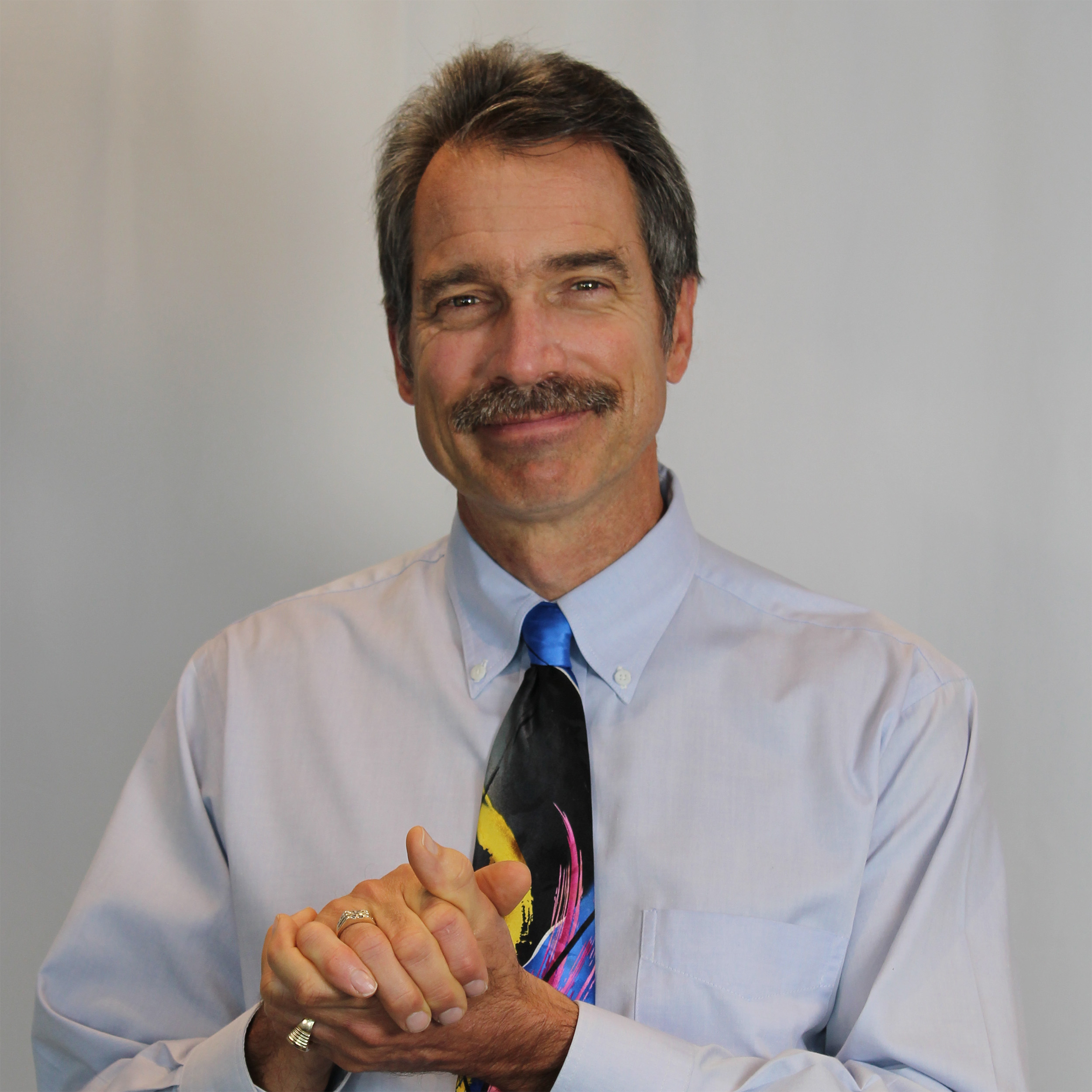If you ask most people to define retirement, they’ll probably tell you it’s the time to break free from the daily grind. But what if we’ve been missing the point?
What if, instead of slowing down, retirement is a chance to explore something even more fulfilling—something that could bring as much, if not more, joy and purpose as life before it?
In this guide, we’ll dive into how reflecting on the past, embracing who we are, and nurturing relationships can help us rediscover purpose and fulfillment in this new chapter of life.
Reflecting on the Past: The Value of Remembrance
In many cultures, there’s a special time dedicated to remembering those who have passed. For example, in the Catholic Church, All Souls’ Day is celebrated each November to honor the departed. In my local church, we commemorate parishioners who have passed away by displaying their names on long scrolls, which are then viewed by the congregation. Family members gather, place candles, and share in a time of remembrance and community support.
Each year, I find myself surprised to see familiar names on those scrolls—names I may not have heard in a while. Life, as it tends to, moves forward, and we sometimes lose touch with people we once held dear.
Recently, I learned of the passing of a friend, Tim, with whom I had shared much over the years. The shock of realizing he had passed away, and the guilt that I hadn’t been in touch, reminded me of the importance of honoring the past. In retirement, moments like these encourage us to pause, reflect, and reconnect with the legacy of those who have influenced our lives.
The Importance of Slowing Down in Retirement
For many, retirement is seen as a chance to finally slow down and share our wisdom. My wife often uses a term that captures this sentiment well: generativity. Defined by the Merriam-Webster dictionary as “a concern for people besides self and family,” generativity reflects a desire to guide the next generation. As we grow older, we naturally become more inclined to nurture others and share the lessons we’ve learned.
Some of my clients express a desire to slow down in retirement, while others resist the idea altogether, fearing that it may lead to stagnation or a lack of purpose. Slowing down, however, doesn’t mean stopping—it’s about being present and intentional. By allowing ourselves to slow our pace, we open up space to connect with others, reflect on our experiences, and contribute to the lives around us in a meaningful way.
Rediscovering Purpose through Connection and Legacy

One of the most common concerns I hear from retirees is the fear of losing purpose. Many worry about what they’ll do with their newfound free time. It’s understandable for retirement to feel like a loss of identity when we’re no longer defined by our careers or day-to-day responsibilities. But finding purpose in retirement is possible and can be incredibly fulfilling when approached with intention.
Through my work with the DISC Model of Human Behavior, I help individuals understand how their personality traits can shape a purposeful retirement. DISC assessments categorize people by whether they are task-oriented or relationship-oriented, outgoing or reserved. This understanding can be eye-opening for many who are considering how to spend their retirement in ways that align with their inner motivations.
For instance, my father, James, was a generous and hardworking man who expressed his love through action rather than words. Spending time with him meant joining him in tasks, like splitting wood or taking the boat out of the water. For James, these were opportunities to share himself without lengthy conversations. This was his way of sharing himself with you as a person who is considered to have a D/C personality style.
In retirement, these types of task-oriented individuals often find fulfillment in hands-on activities that allow them to connect with others in a way that feels authentic to them.
On the other hand, my wife’s father, Frank, had a more outgoing, people-centered personality. Frank, like James, was also a successful and wonderful man. But unlike James, he would share himself with others over a beer, enjoying long conversations after completing a task together. The long conversations we shared were his way of expressing himself, which is why he’s considered to have a D/I personality style.
These two men approached life and relationships in ways that reflected their distinct personalities, yet each found fulfillment in sharing their time and energy with loved ones.
Honoring Relationships and Building Legacy
Looking back, I realize how much both James and Frank taught me—through their actions and the meaningful relationships they built. They showed me that honoring relationships can be a key component of a fulfilling retirement. In retirement, there’s a unique opportunity to rekindle relationships and create new connections that contribute to our legacy.
Whether it’s reconnecting with family, deepening bonds with friends, or mentoring younger generations, building a legacy doesn’t have to involve grand gestures. Simple acts, like spending quality time with loved ones, can create lasting memories. Our legacy is built on these connections, and retirement offers the time and space to invest in them fully.
Discovering Your Unique Path with DISC Insights

One way to build those legacies is to understand how we’re wired and use that information to guide us in crafting a meaningful retirement. The DISC Model of Human Behavior reveals that our personalities greatly influence how we find purpose and fulfillment.
For example:
- D (Direct) types often thrive in leadership roles and may enjoy projects that allow them to set goals and see results.
- I (Inspiring) types, like Frank, may be drawn to social interactions and community involvement, finding purpose in connecting with others.
- S (Supportive) types are often relationship-oriented and may find joy in caregiving, volunteering, or simply spending time with loved ones.
- C (Cautious) types tend to be detail-oriented and may enjoy pursuits that require focus and precision, such as writing, crafting, or learning new skills.
These insights can help you align your activities with your inherent strengths, so you can rediscover your purpose in a way that feels true to who you are.
Embracing the Both/And of Retirement: Slowing Down and Finding Purpose
Another thing I realized working with different kinds of retirees is that retirement doesn’t have to be an either/or proposition. It can be both a time to slow down and a time to discover a new purpose. Slowing down allows us to be more present while finding purpose encourages us to look forward with enthusiasm and intention.
In many ways, retirement is about “both/and” living. We can honor the past and embrace the future, find peace in slowing down and fulfillment in new pursuits. We can reconnect with the people who matter and also make time for self-discovery.
How Will You Share Yourself in Retirement?
As you step into retirement, ask yourself: How can I share myself in a new way? Consider the people who have shaped your life and the legacy you want to leave. Reflect on the values and relationships that matter most to you, and explore activities that allow you to live them out.
A friend once told me that moments of remembrance—whether at a church ceremony, during a quiet reflection, or in a simple emotional memory—are tributes to those who’ve influenced us. These moments invite us to honor the people who have been part of our lives by living in a way that reflects what we’ve learned from them.
As you embrace this new phase, remember that retirement isn’t only about what you’re leaving behind—it’s also about what you’re stepping into. With the right mindset and a focus on connection, legacy, and self-awareness, retirement can become one of the most meaningful chapters of your life.



